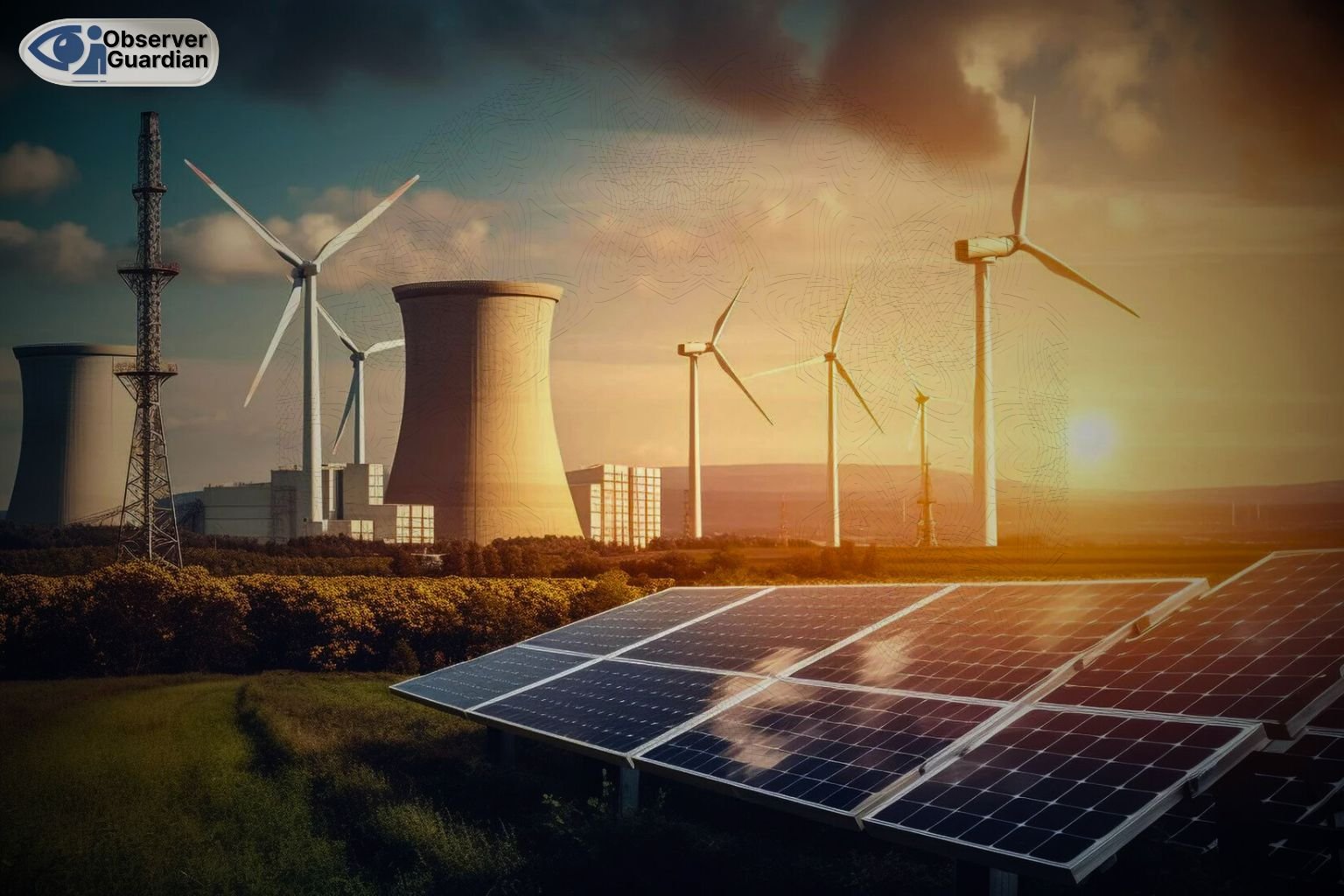In a bold move towards sustainability, the government has announced its plan to achieve 60% renewable energy in the national power mix by 2030. This ambitious target aligns with global trends towards cleaner energy sources and reflects the government’s commitment to addressing climate change while ensuring energy security. With the growing demand for power and the urgent need to reduce carbon emissions, this policy marks a significant shift in Nepal’s energy strategy.
The shift towards renewable energy, particularly solar, wind, and hydropower, aims to diversify the country’s energy portfolio and reduce reliance on imported fossil fuels. This transition is expected to not only contribute to environmental goals but also enhance energy independence, create jobs, and stimulate economic growth. The government’s plan to move towards 60% renewable energy signals a step forward in Nepal’s long-term energy strategy, fostering both environmental sustainability and economic resilience.
Nepal’s Commitment to Renewable Energy
Nepal has long been blessed with abundant renewable energy resources, including vast hydropower potential, sunlight, and wind. In the past, the country has relied heavily on hydropower, which has made a considerable contribution to the national grid. However, fluctuations in water levels due to seasonal variations and climate change have exposed the need for a more diverse energy mix. The government’s commitment to renewable energy reflects a strategic push to harness these resources and reduce dependence on coal and other non-renewable energy sources.
Punjab School Closures Over Floods Affect 680,000 Students
Transitioning to a Green Power Mix
Achieving 60% renewable energy in Nepal’s power mix by 2030 will require substantial investments in infrastructure and technology. Solar and wind energy projects, in particular, will require expanded grid connectivity and more efficient storage solutions to manage supply and demand fluctuations. While hydropower has been a cornerstone of Nepal’s energy mix, the addition of wind and solar power will help reduce the risks associated with hydropower’s dependence on seasonal water availability.
Economic and Environmental Benefits
The push for 60% renewable energy in the national power mix holds great promise not only for environmental sustainability but also for the economic development of Nepal. By reducing reliance on imported fossil fuels, the government aims to improve energy security and reduce the country’s trade deficit. Investing in renewable energy also opens up opportunities for job creation in manufacturing, installation, and maintenance of renewable energy systems.







